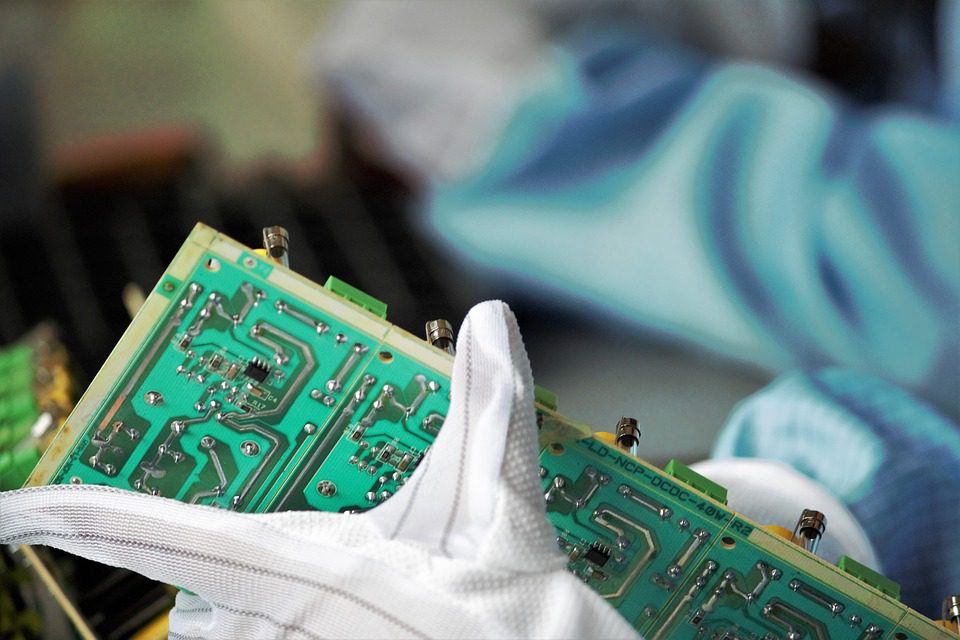Heat: we may love the way it warms us on a chilly day, but it can wreak havoc on electronics. Few things can sabotage a printed circuit board like heat. PCB materials expand in tandem with rising temperatures. If this expansion causes the PCB to outgrow its mounting structure, the board will end up warping. This will kick off a snowball of other failures: mechanical fasteners will snap or pull loose, parts could begin to soak up moisture, and the product will ultimately stop working. You’ll end up with fractured solder joints, capacitors, component leads, and PC board traces. Shorts will occur, and PC board lamination will separate. Here are a few tips for solving the problem:

(Pixabay / ranjatm)
Shield your products from significant temperature swings. Heat can come from power supplies, motors and motor drive circuits, and batteries. It’s especially important to design a product so that the batteries are not exposed to high levels of heat. This might involve changing a product’s configuration or the shape of the PCB or taking steps to improve cooling.
Predict the effect of heat on electronic components. When you examine a design, explore how much heat a PCB will be exposed to. Different materials have different thresholds for handling heat. Use thermal stress simulations to find out exactly how much heat your design can handle without the components becoming compromised. Take into account the different metals. Aluminum plates may be able to keep parts at lower temperatures, and copper layers on the PC board will offer improved heat conductivity. Examine whether the plate will expand faster than the screws. Note that as PCBs are exposed to heat, their composition material will often flow and morph to let off stress. This process is known as “creep” and can result in the PCB taking on a different shape that will put added pressure on fasteners.
Choose sturdy and resilient fasteners for your products. Look for hardware that is less rigid and more elastic in the face of heat. After a PCB experiences the above-described “creep,” the materials will cool, the board will be thinner, and the fasteners will come loose. If this happens once, it won’t be a big deal, but when it happens multiple times, the fasteners will fail to hold. This can be minimized if you choose the right hardware. One example is known as a coned-disc spring or cupped spring washer. You can mount one or more of these on a screw. After assembly, modify the torque at room temperature to allow for heat to deflect. In the presence of heat, the PCB will expand, and the coned-disc spring will be able to absorb the increase in pressure.
